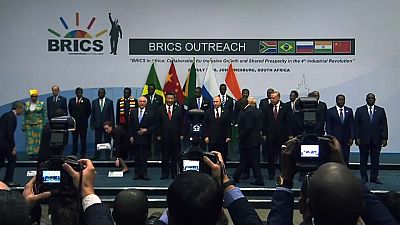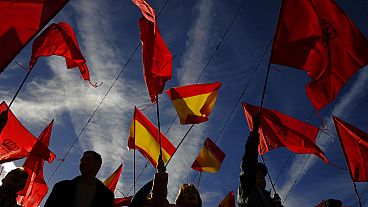All EU countries are members of the WTO
The EU plans to challenge President Trump's tariffs at the World Trade Organisation. The WTO has been around in various forms since just after the Second World War, and because international trade is a complicated business, it's continually evolving.
The WTO began life on 1 January 1995, but its trading system is half a century older. Since 1948, the General Agreement on Tariffs and Trade (GATT) had provided the rules for the system. (The second WTO ministerial meeting, held in Geneva in May 1998, included a celebration of the 50th anniversary of the system.)
It did not take long for the General Agreement to give birth to an unofficial, de facto international organization, also known informally as GATT. Over the years GATT evolved through several rounds of negotiations.
The last and largest GATT round was the Uruguay Round which lasted from 1986 to 1994 and led to the WTO’s creation. Whereas GATT had mainly dealt with trade in goods, the WTO and its agreements now cover trade in services, and in traded inventions, creations and designs (intellectual property).
It is basically a forum for governments to negotiate trade agreements, to settle disputes, and to oversee the rules it puts in place.
It exists on the premise that international trade is good for all nations, that it can cut costs and increase living standards.
European Union countries are all members, but they act together in the WTO as the EU.
162 nations are members so its safe to say that most of the world see it as a force for good, but it does have its critics.
Some people argue that it is pursuing an agenda driven by business interests and that its rules undermine the sovereignty of its member states.



